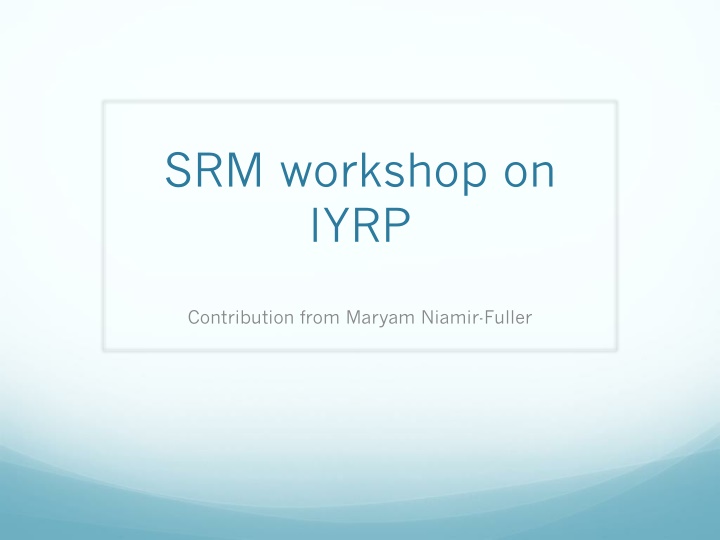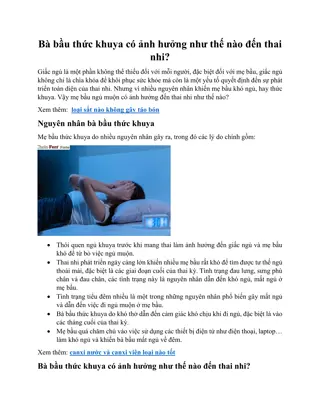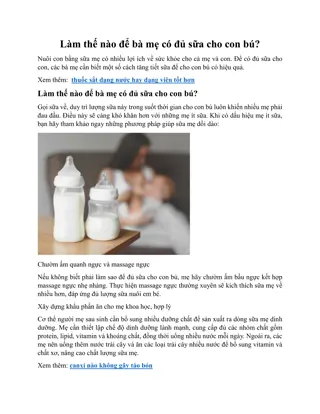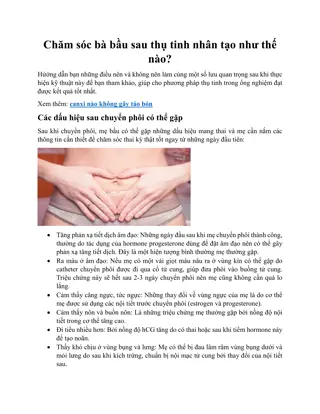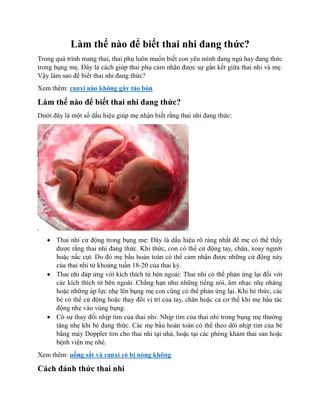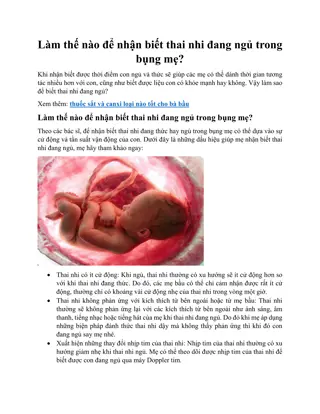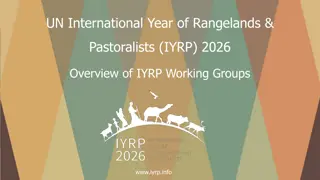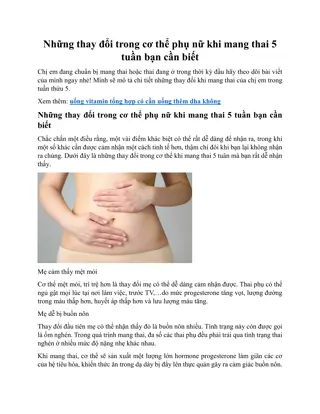Challenges and Opportunities in Implementing the IYRP at UNEA-2
The content delves into the reflections on the United Nations Environment Assembly (UNEA-2) efforts, highlighting successes in engaging the environmental community and conceptual challenges faced. It explores the need for further definition of extensive livestock production systems and sustainability in rangelands/pastoralism. The audience for the IYRP, actions required for designation, and support mechanisms are also discussed.
Download Presentation

Please find below an Image/Link to download the presentation.
The content on the website is provided AS IS for your information and personal use only. It may not be sold, licensed, or shared on other websites without obtaining consent from the author.If you encounter any issues during the download, it is possible that the publisher has removed the file from their server.
You are allowed to download the files provided on this website for personal or commercial use, subject to the condition that they are used lawfully. All files are the property of their respective owners.
The content on the website is provided AS IS for your information and personal use only. It may not be sold, licensed, or shared on other websites without obtaining consent from the author.
E N D
Presentation Transcript
SRM workshop on IYRP Contribution from Maryam Niamir-Fuller
Reflections on UNEA-2 efforts United Nations Environment Assembly, May 2016: Successes: Engage environment community Showed relevance to both developed and developing countries Enthusiasm from pastoralists, scientists, NGOs Many acknowledged value of an IYRP UNEA Resolution L.24 gives UNEP the mandate to continue: Resolution calls for a global gap analysis of information available on rangelands and pastoralism
Conceptual challenges evidenced at UNEA-2: Areas that need further definition and explanation: What are extensive systems of livestock production (a.k.a. pastoralism)? Difference between rangelands and grasslands? Livestock as cause of ecosystem failure? Sedentarization vs mobility of livestock? Grasslands and rangelands and grazing dependence? Sense of urgency, and yet pessimism that things could change: Pastoralism on its way out does not match 21stC Rangelands continuing to degrade need hefty investment in rehabilitation; might as well convert to other uses or revert back to nature What constitutes sustainable rangeland and pastoralism? Isn t intensification the answer? Aren t livestock products unhealthy? What will it take to become sustainable?
Audience for the IYRP? Pastoralists reaffirming their value to society Slowing down exodus of youth Finding sustainability actions Governments affecting policy change Economic and land use policies Land tenure laws, including commons and mobility Management of public rangelands Promoting research and monitoring Civil society redressing balance of focus Rangelands vs forests Pastoralists vs farmers Rural vs urban Business community finding champions, avoiding negative impacts Encouraging small business on sustainable products Fair trade, certification Investing in extensive vs intensive livestock systems
What will it take to get an IYRP designated? A consistent narrative explaining why it is so important an issue; what difference will it make The Open Flyer as a guide Each country to express its own version Political support from technical ministries, UN Heads, and major international organizations Activism from pastoralists and their associations Coordination and vision from the newly established steering committee
Several steps to reach an IY designation, such as: National IYRP Committees Strategic list of activities drawn up for the country Lead technical ministries to convince Ministries of Foreign Affairs (or equivalent) to table a resolution at the UN General Assembly; Ambassador of the lead (or co-sponsoring) countries formally submit a proposal to the UN General Assembly in New York for designation of IYRP; Once submitted, interested countries negotiate and bring to the floor; Events during this 2-3 year process to raise awareness and declare support worldwide
Ideas of actions for IYRP IY Soils established 12 themes, one for each month Helps to handle diversity of issues Activities for the UN: Official launches and closures, at UN and also coordinated days for within countries; UN lead agencies Heads statements (and UN Secretary General too) Coordinated actions on related World Days (e.g. World Environment Day, World Soil Day) Interactive dialogues at the UN (e.g. ECOSOC, or President of UN General Assembly)
Activities at international level: Joint IGC/IRC Congress International Conference on Camelids, in Bolivia Global pastoralist gathering International Conference on Have the SDGs benefited rangelands and pastoralists? (link to High Level Political Forum of 2030 Agenda, to SDG indicators, etc.)
Awareness raising campaigns World Herder s Day with herding competitions Name that Grass Quiz/Competition (online) Range to Fork Day Need catchy phrases and sound bites (e.g. IYS Land on the Run ) a Mascot ? Travelling photo exhibition Regional Science fairs (focusing on valuing Indigenous Knowledge and bringing in new sustainable technologies)
National campaigns - Local fairs, festivals and competitions (e.g. photos, farmer s markets celebrations; a puppet festivals, music and movie festivals) Live-streamed debates with eminent people a TED talk with Amina Mohamed (Deputy Secretary General of UN) New film screening EU to sponsor ? (e.g. EU film on family farming)
Global prizes and awards (e.g. World Soil Prize, Soil Challenge Badge) Marathons (e.g. Harmony Run for IY on Rapprochement of Cultures Run for the Range?) Sponsoring by international or regional sports games Spanish torreadors? US Rodeos?
Scientific and Educational activities Educational material for children (in all languages) And free online courses for higher education Sponsored educational activities (e.g. guided tours to exemplary rangelands and pastoral communities organized by National Geographic) Announcing new grants for researchers Future-forecasting animations for release online or at events Launching a process to develop new indicators for world standard monitoring on rangelands and pastoralists linked to SDG indicators
Business community Monthly sponsorship (with Ads) by business leaders based on the chosen themes Special seminars for business community through Associations, Global Compact, WBCSD (World Business Council on Sustainable Development)
Ideas for monitoring impact of the IY activities Some variables for IY monitoring: Number of events Number of social media instances Number of policy and legal changes by governments Number of new related UN resolutions Number of grants and prizes issued Stories of highlights
